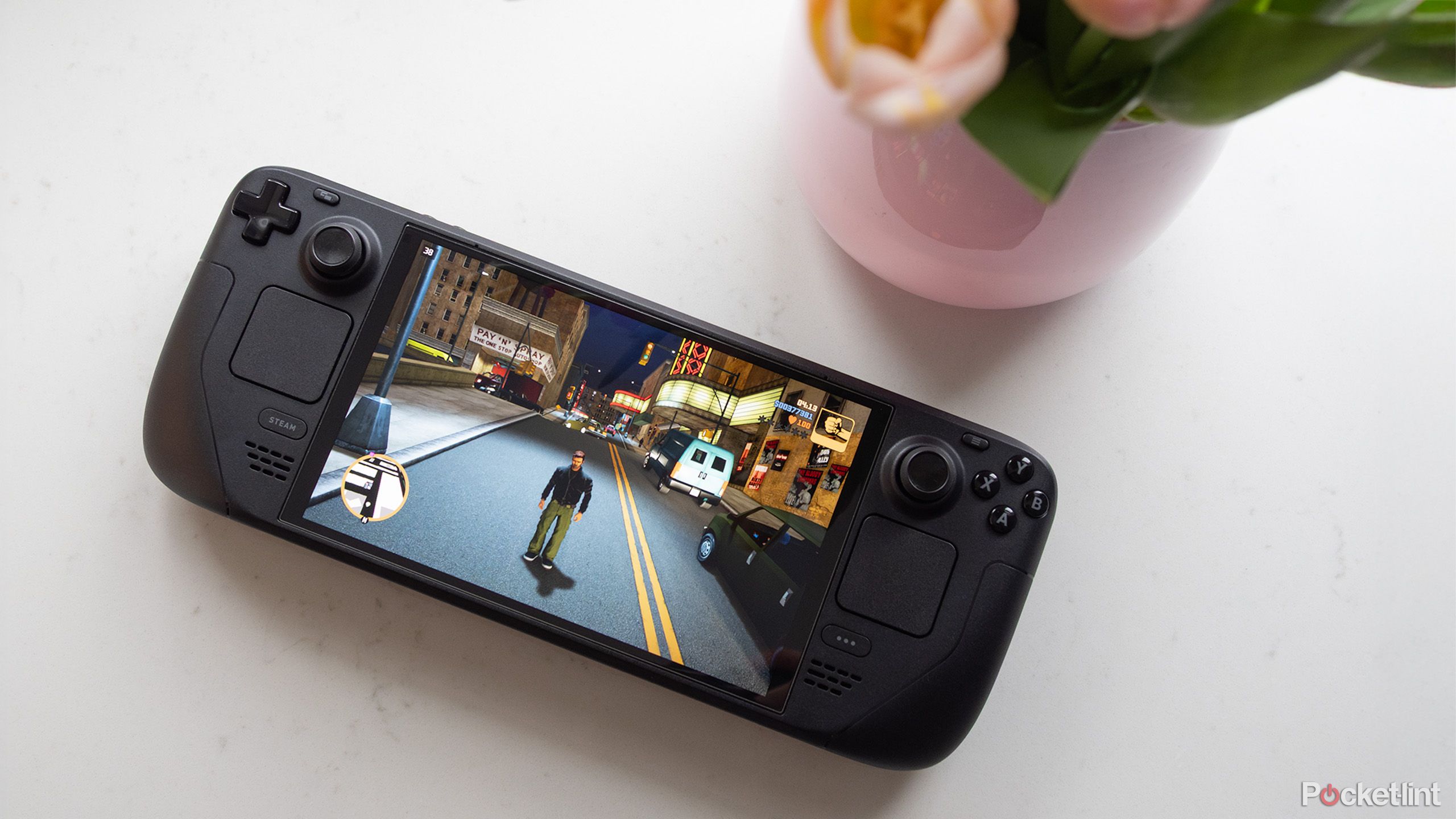Hisense’s new 5,000 nits mini-LED TV is so bright you may need to wear shades
[[{“value”:”
Hisense introduced four separate series of mini-LED TVs at CES 2024, with the lineup led by a massive 110-inch model, the 110UX. The 110UX is the largest TV in the company’s flagship ULED X series, which also features a 98-inch model – the baby of the family.
We’ve been looking forward to testing the new Hisense U8N, which is the successor to the Hisense U8K, and the mid-range option in our best TVs guide. But the company has now surprised us with yet another new mini-LED TV series, the Hisense U9N.
The U9N series slots in between the ULED X and U8N series TVs and brings many of the premium features of the flagship line to a lower price point, according to Hisense. Those features include Hi-View Engine X picture processing and a mini-LED backlight with up to 5,300 local dimming zones. The brightness of the U9N series is specified as 5,000 nits, which is the same brightness spec Hisense listed for the new 98-inch ULED X model at CES.
Similar to the new U8N series, U9N TVs use a quantum dot LCD panel and support Dolby Vision, Dolby Vision IQ, and HDR10+ high dynamic range. Other picture enhancements include IMAX Enhanced and Filmmaker Mode picture presets, an anti-glare screen, and an ultra-wide viewing angle feature to improve off-center viewing.
On the audio front, U9N series TVs have a built-in 4.1.2-channel Dolby Atmos audio system, with up to 82W of power. Hisense has also outfitted its new TVs for 2024 with the Google TV smart platform, Wi-Fi 6E wireless connectivity, and a built-in ATSC 3.0 tuner to receive next-gen digital TV channels.
Gaming features on the U9N series include 144Hz native refresh rate for PC gaming, VRR with AMD FreeSync Premium Pro support, Dolby Vision gaming, Auto Game Mode, and a new Game Bar feature with a user customization option.
The U9N Series is coming to BestBuy.com this summer and will be priced at $2,999 for the 75-inch size and $3,999 for the 85-inch size.
Analysis: Super-bright TVs are becoming the new normal
There are advantages to viewing with a TV capable of high brightness, specifically when it comes to movies. Some movies are mastered with brightness peaks exceeding the 1,000 nits threshold typically used for 4K HDR production – in some cases up to 4,000 nits – and any TV capable of displaying that content will have a picture quality advantage.
TVs with high brightness also have advantages for daytime viewing, when the set has to compete with bright room lighting, which can dull the image and create distracting screen reflections.
Mini-LED is a better option for high screen brightness than regular LED and OLED tech, which is why TV makers are increasingly turning out models with mini-LED backlights. Hisense is using mini-LED for its full 2024 TV lineup, and Sony has switched from OLED to mini-LED for its flagship 2024 TVs, the Bravia 9 series.
We’ve had a chance to test Samsung’s flagship 4K mini-LED TV for 2024, the Samsung QN90D, and it measured around 2,000 nits peak brightness. We also tested the company’s flagship 8K mini-LED TV, the Samsung QN900D, and it measured an impressive 2,338 nits.
Hisense is claiming that its new U9N series TVs are capable of 5,000 nits peak brightness – more than twice what Samsung’s brightest mini-LED TV can deliver. A 75-inch Samsung QN90D costs $3,299, while the 85-inch QN90D costs $4,799. With Hisense’s U9N series priced at $2,999 and $3,999 respectively for the 75-inch and 85-inch models, these new TVs should provide serious competition for both Samsung and Sony.
TVs are getting bigger, as that 110-inch Hisense ULED X model proves. But the next battlefield in the TV wars is brightness, and if the Hisense U9N can hit 5,000 nits while costing less than its premium competition, it could up the stakes considerably.
You might also like…
TCL wows CES with a 115-inch mini-LED TV with 20,000 dimming zonesHisense’s next flagship TV proves the next battle is about reflections, not brightnessHisense plans to debut the world’s brightest TV in 2024 with a new 110-inch mini-LED panel
“}]]




